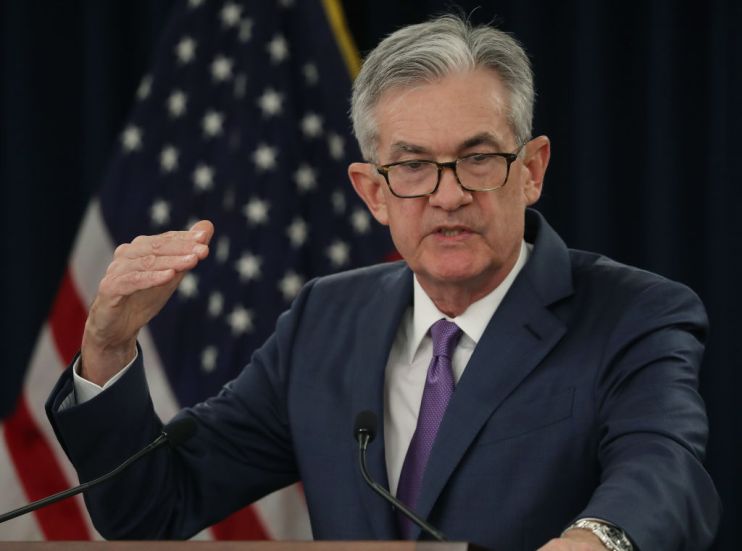US Federal Reserve sets out capital ratios for major banks

The US Federal Reserve today set out capital requirements for major banks following a round of stress tests.
It marks the first time the Fed has mandated custom capital requirements for each bank under its new so-called stress capital buffer.
The new requirements take effect from 1 october.
Goldman Sachs and Morgan Stanley were ordered to hold the most capital of the 34 firms tested, with ratios of 13.7 per cent and 13.4 per cent respectively.
The custom capital requirements follow stress test results released in June, which found that banks would be hit by heavy capital losses should the economic fallout from the coronavirus pandemic drag on or worsen. The Fed ordered banks to cap dividend payments and suspend share repurchases until at least the fourth quarter to ensure they have sufficient capital cushions.
The new capital ratio combines the minimum capital requirements of 4.5 per cent and the new stress capital buffer, which is determined by how each bank fared under a hypothetical severe economic downturn. That buffer is at least 2.5 per cent, but was highest for Deutsche Bank’s US operations at 7.8 per cent.
The United States’ largest banks also face an additional capital surcharge for their predominant role in the financial system, ranging from one per cent to 3.5 per cent for JP Morgan Chase, the nation’s biggest bank.
The Fed also announced that it had reaffirmed the stress test results for five banks that requested reconsideration: BMO Financial, Capital One Financial, Citizens Financial Group, Goldman Sachs and Regions Financial. The Fed said the additional review found its stress test models worked as intended and there were no errors.